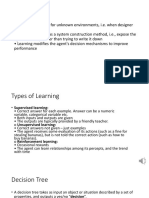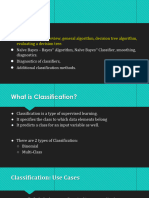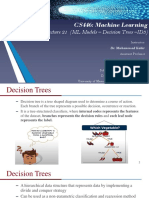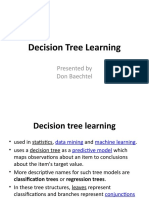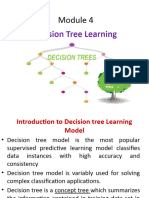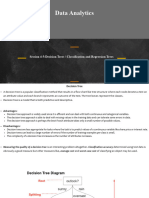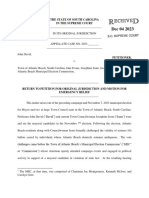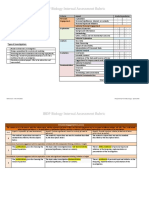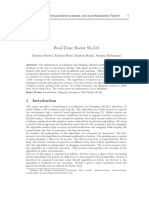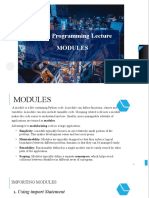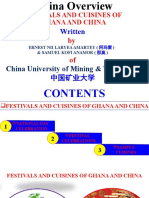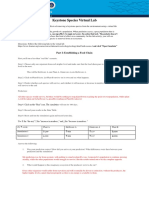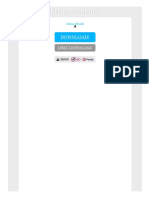0% found this document useful (0 votes)
37 views27 pagesML-Unit I - Decision Tree
1 3 0 The document discusses decision trees, providing examples to illustrate how they
1.5 are built. It explains that decision trees break down a dataset into smaller subsets
2 8 0 using decision nodes and leaf nodes. The examples show how decision trees use
5.5 attributes like age and lower birth to determine ticket fare concessions. It also
9 3.5 1 discusses concepts like information gain, entropy, and purity to select the best
9.5 attribute to split the tree on at each step.
10 4 0
11
12 5 1
Uploaded by
Pranav ReddyCopyright
© © All Rights Reserved
We take content rights seriously. If you suspect this is your content, claim it here.
Available Formats
Download as PDF, TXT or read online on Scribd
0% found this document useful (0 votes)
37 views27 pagesML-Unit I - Decision Tree
1 3 0 The document discusses decision trees, providing examples to illustrate how they
1.5 are built. It explains that decision trees break down a dataset into smaller subsets
2 8 0 using decision nodes and leaf nodes. The examples show how decision trees use
5.5 attributes like age and lower birth to determine ticket fare concessions. It also
9 3.5 1 discusses concepts like information gain, entropy, and purity to select the best
9.5 attribute to split the tree on at each step.
10 4 0
11
12 5 1
Uploaded by
Pranav ReddyCopyright
© © All Rights Reserved
We take content rights seriously. If you suspect this is your content, claim it here.
Available Formats
Download as PDF, TXT or read online on Scribd
/ 27










